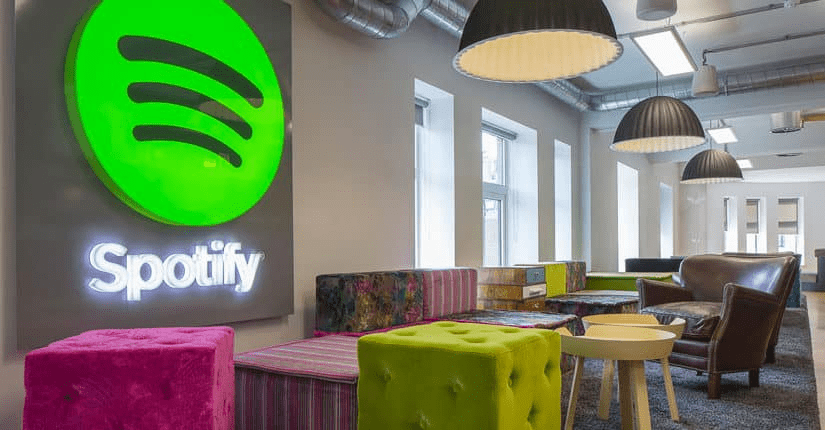Spotify is the undisputed market leader in music streaming, with over 130 million users. Apple is a distant second, with approximately 72 million users. What did Spotify excel at? Simple. They used market segmentation to attract the correct audience, which fueled their expansion.
This is how they accomplished it:
- Promote Your Brand to a Large Audience (Apple Music)
- Promote Your Brand to a More Specific/Niche Audience (Spotify)
When it comes to marketing your product or service (or even your brand as a whole), you essentially have two options:
#1. Promote Your Brand to a Large Audience (Apple Music)
This strategy is essentially a numbers game: you’re merely casting a wide net into a sea of consumers in the hopes of catching a large catch. There isn’t much planning involved in this process; whatever success you may have is most probably due to the law of averages and a lot of chance (unless you’re a monster brand like Apple).
#2. Promote Your Brand to a More Specific/Niche Audience (Spotify)
You might also take a more targeted approach to your marketing endeavors. In this case, you’re reducing your attention to a small pool of very similar clients and drawing them to your brand with content and offers that are relevant to these people.
This has been Spotify’s strategy since its inception in order to grow the world’s largest music subscription business, which is currently valued at roughly $59.65 billion (2020).
A well-targeted marketing strategy is primarily reliant on customer research and your understanding of how they behave as consumers – and as individuals. If it isn’t already obvious, targeted marketing is the way to go. For starters, focused marketing allows you to take charge of your marketing efforts (instead of casting a wide net and hoping for the best).

Spotify’s client base is largely skewed toward millennials, and its advertisements reflect this.

Apple, on the other hand, is marketing in a broader and more generic manner.
The modern customer not only desires but also expects, your marketing initiatives to feel as if they are directly targeting their own specific wants and requirements.
Take a look at the advertisements above. Spotify’s advertisement clearly targets a younger demographic. It’s vibrant, entertaining, and engaging. If you’re under 30, you’ll relate to the ad’s message.
As you can see, Apple Music’s advertisement is a lot more general. The colors are uninteresting (black and white!) and the message is broad and straightforward – “All the ways you love music. All in one place”.
Spotify’s message is spot on (heavily targeting a younger audience with “banner blindness” and literally doesn’t see most ads), whereas Apple is attempting to get everyone to use Apple Music.
As we publish this post, here is how Spotify and Apple Music compare in terms of market share:

Spotify is not only competing with Apple Music but also winning.
Why is Market Segmentation Important?
Here are 3 stats that should explain it:
- 86% of consumers say personalization of content and offers affects their shopping and purchasing decisions
- 73% of consumers prefer brands that use their personal data to provide a relevant customer experience
- On average, targeted ads are twice as effective in generating engagement and conversions than generic, mass-market ads
So, now that we understand the significance of targeted marketing, the question that remains is how do we create these targeted marketing campaigns?



